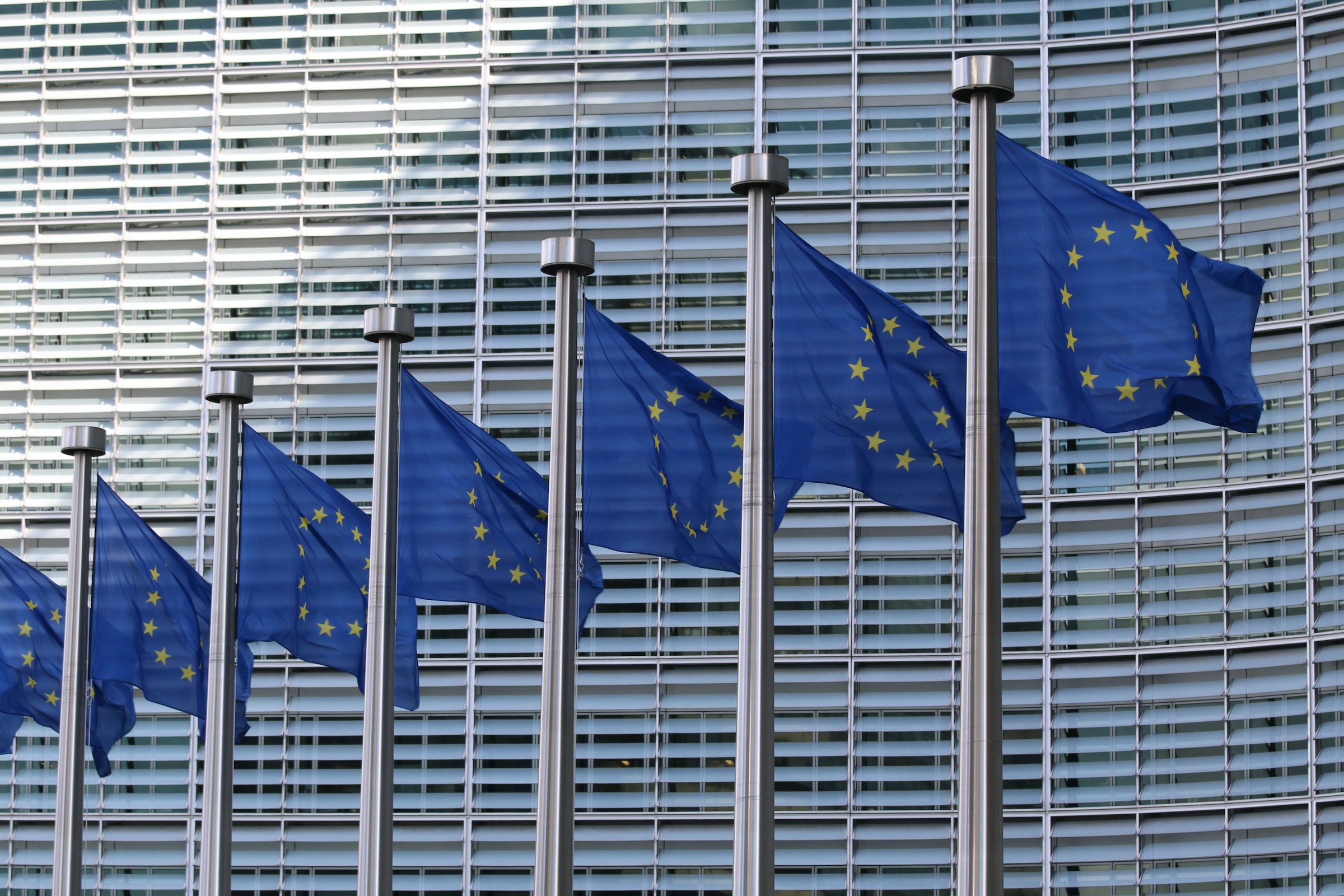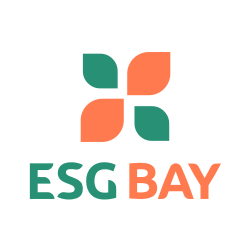
The European Council has given the green light to a new “Ecodesign” framework, establishing sustainability requirements for nearly all products across the European Union. Additionally, the Council has approved a ban on the destruction of unsold textiles and footwear.
This approval by the EU Council is a significant milestone towards the final adoption of the regulation, which follows the European Parliament’s endorsement of the new Ecodesign rules in April. The regulation originates from a proposal by the European Commission in March 2022, aiming to enhance the sustainability of a wide range of products. It seeks to replace the 2009 Ecodesign directive, which was limited to energy-related products, by making products more environmentally friendly, circular, and energy-efficient throughout their lifecycle.
The updated regulation empowers the Commission to establish ecodesign requirements that enhance the environmental sustainability of nearly all product categories. Exceptions include motor vehicles, which are regulated separately, and products affecting defense or national security. The sustainability criteria cover aspects such as product durability, reusability, upgradability, reparability, the use of substances that hinder circularity, as well as energy and resource efficiency, recycled content, remanufacturing, recycling, and the products’ carbon and environmental footprints.
A key feature of the regulation is the introduction of a “Digital Product Passport,” designed to help consumers and businesses make informed purchasing decisions by providing information about a product’s environmental sustainability. The regulation also mandates the creation of a public web portal, where consumers can search and compare data contained in these product passports.
The new rules banning the destruction of unsold textiles and footwear will take effect two years after the regulation is enacted, with small and micro companies exempt, and medium-sized companies granted a 6-year exemption. The regulation also allows for the inclusion of additional product categories in the ban and requires reporting on the quantities and reasons for the destruction of unsold goods.











